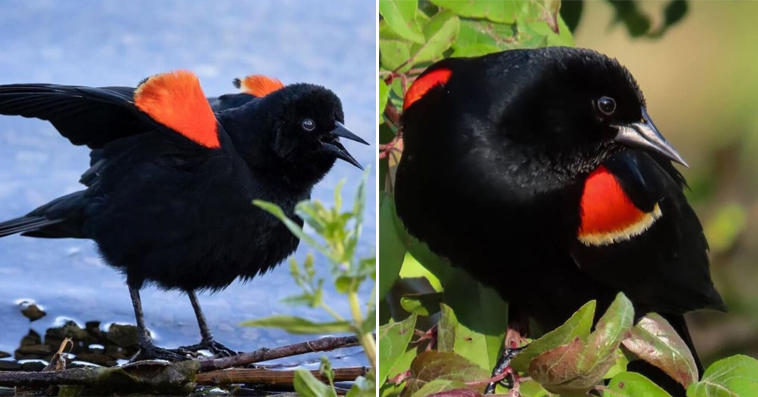At times, certain animals have such a broad distribution that we tend to overlook their vulnerable status, and unfortunately, the red-winged blackbird is among them. Despite being the most common land bird in North America, this species is endangered and requires human intervention for protection. The bird’s beautiful appearance is threatened by the destruction of its habitat and the expansion of urban areas. Hence, it is essential to raise awareness and take measures to reduce the impact of these factors on the red-winged blackbird’s survival.
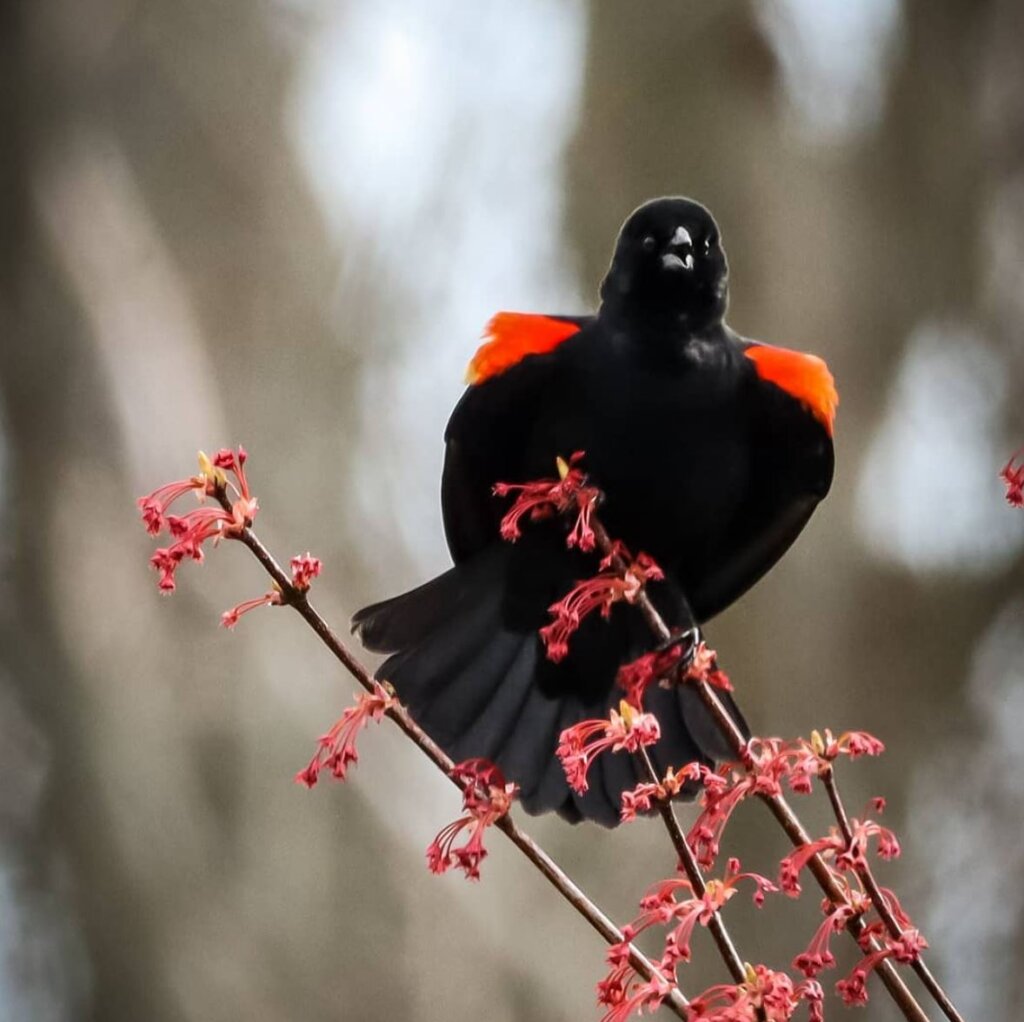
This perching bird belongs to the Icteridae family and is predominantly found in North and Central America. The Agelaius phoeniceus, commonly known as the red-winged blackbird, is identifiable by the red patches with pale yellow outlines on the wings of the male. These striking markings contrast sharply against the bird’s shiny black plumage, making it easily recognizable.
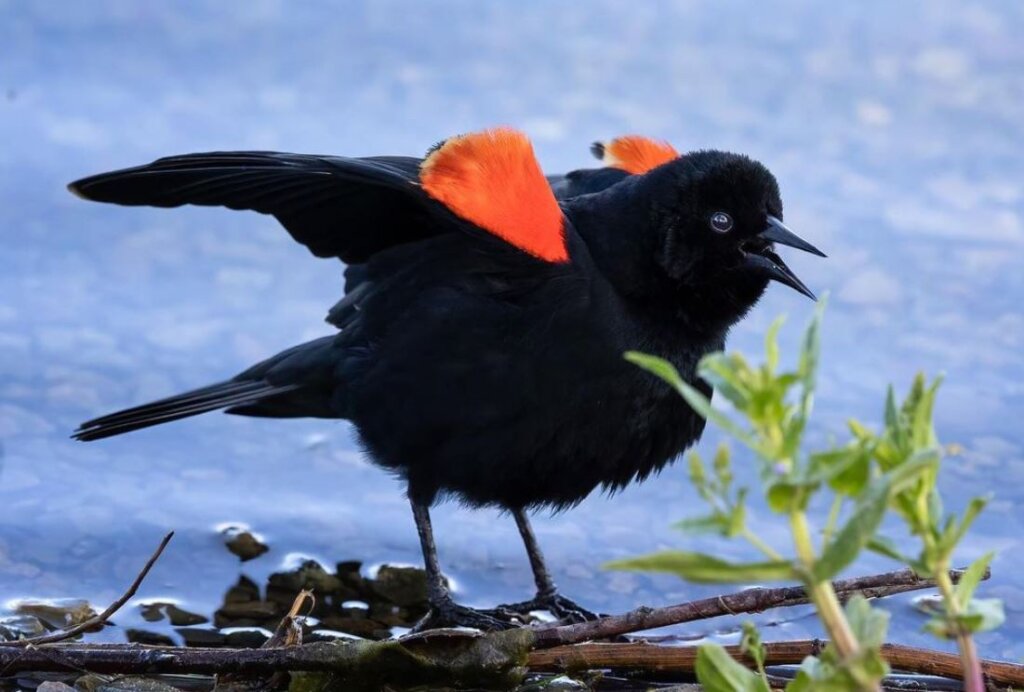
In contrast, the female of this species is not as conspicuous despite sharing the same name. It is adorned in a dark brown coat and features a more vibrant chest along with white markings above the eyes.
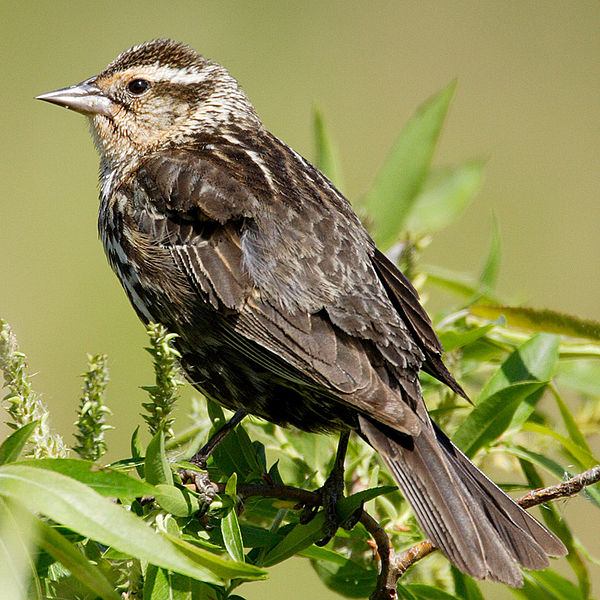
Similar to numerous bird species, the female red-winged blackbird is smaller in size than the male. A medium-sized female typically weighs approximately 41.5 g, whereas a male weighs around 64 g. The chicks of this species frequently bear a resemblance to their mother.
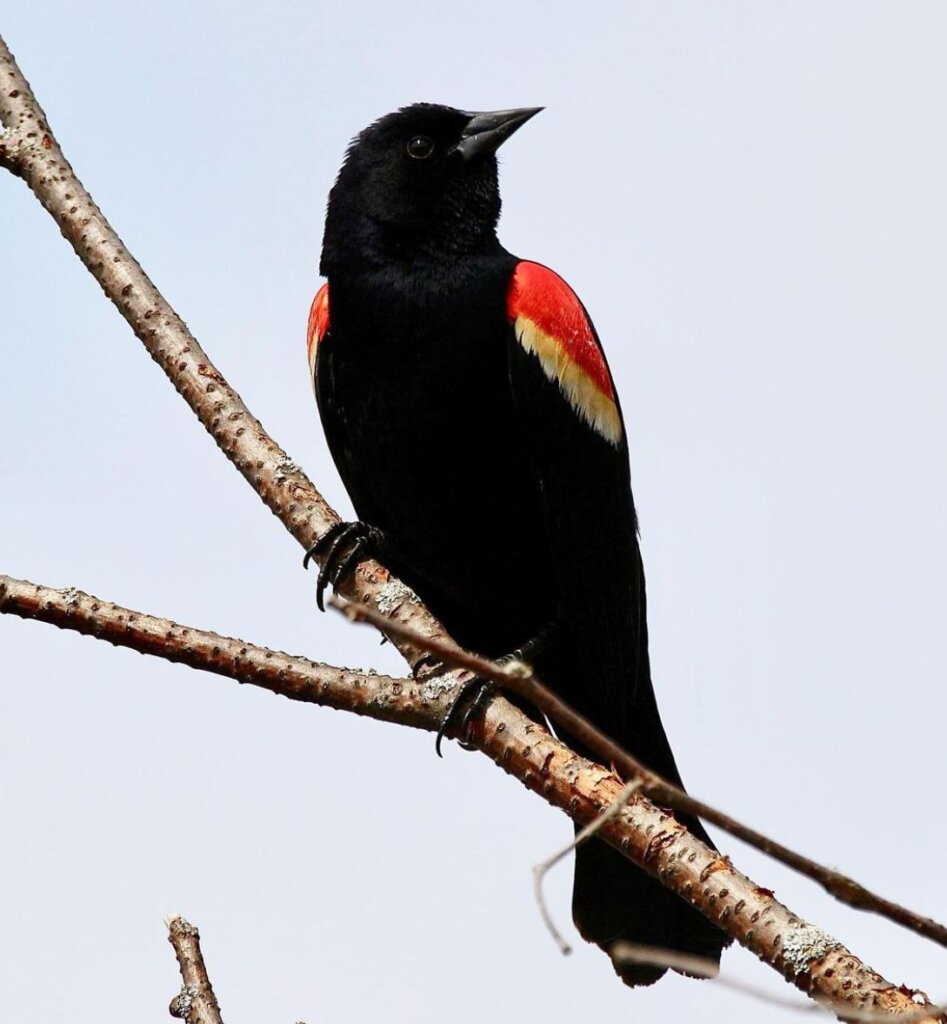
While these avian creatures are fond of residing in the northern regions, they also undertake a migration to the southern regions as winter approaches, generally in September and October. In contrast, the red-winged blackbirds that inhabit the Western and Central regions of America tend to stay put.
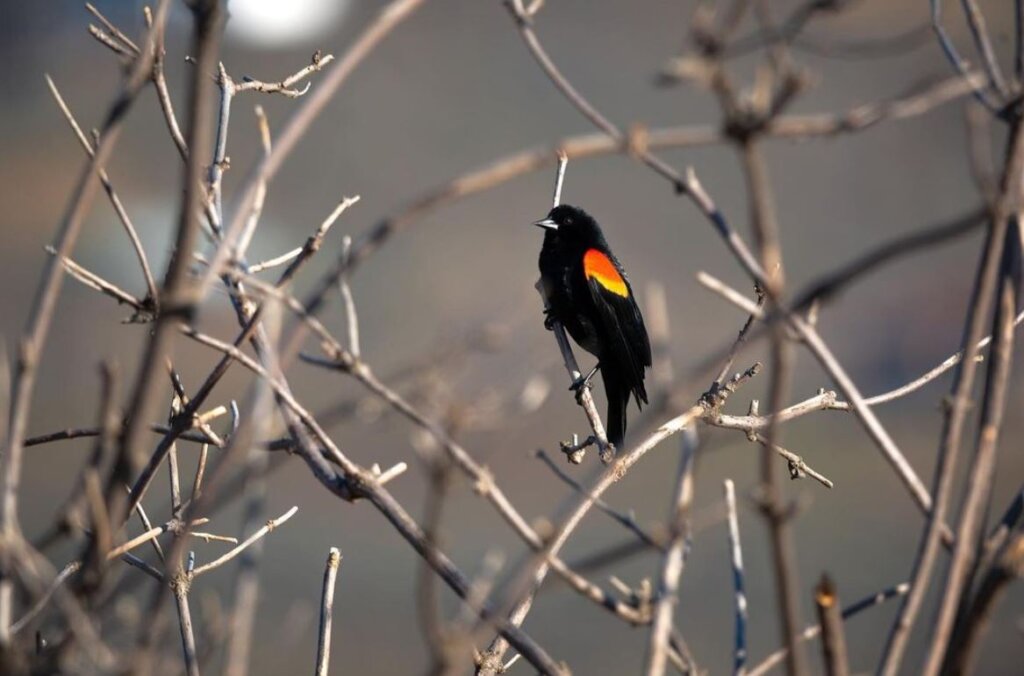
Based on certain research, the red-winged blackbird displays a preference for habitats with wet conditions as opposed to habitats with dry conditions.
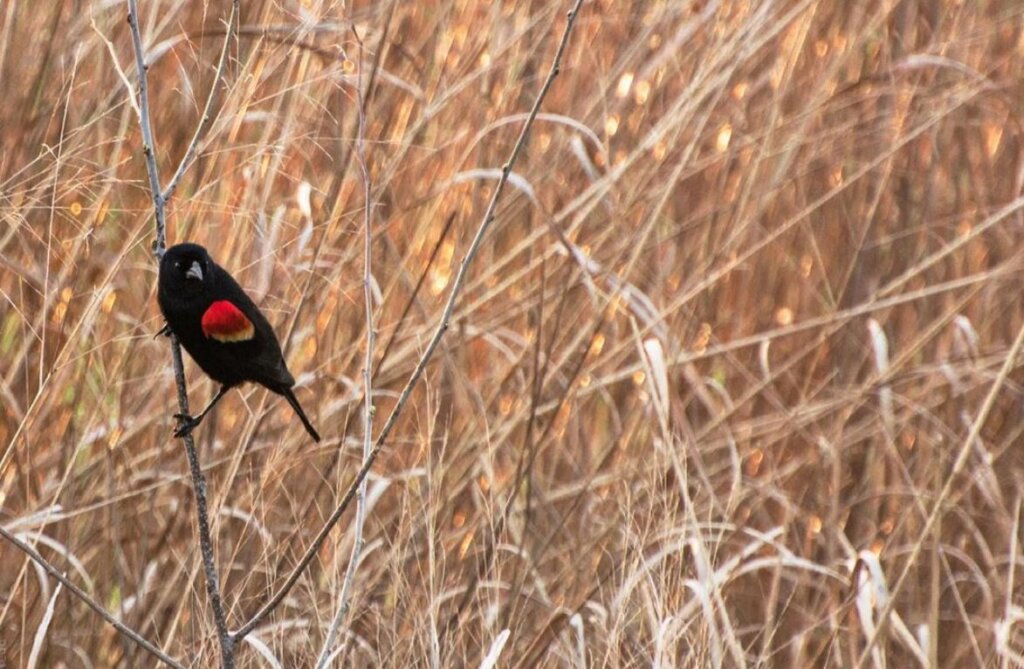
It is the responsibility of the female red-winged blackbirds to construct their nests and sit on the eggs, and they do so without any assistance from the males. The process of building a nest can take anywhere from 3 to 6 days, and the female will incubate a clutch of 3 to 5 eggs for approximately 11 to 12 days until they hatch.
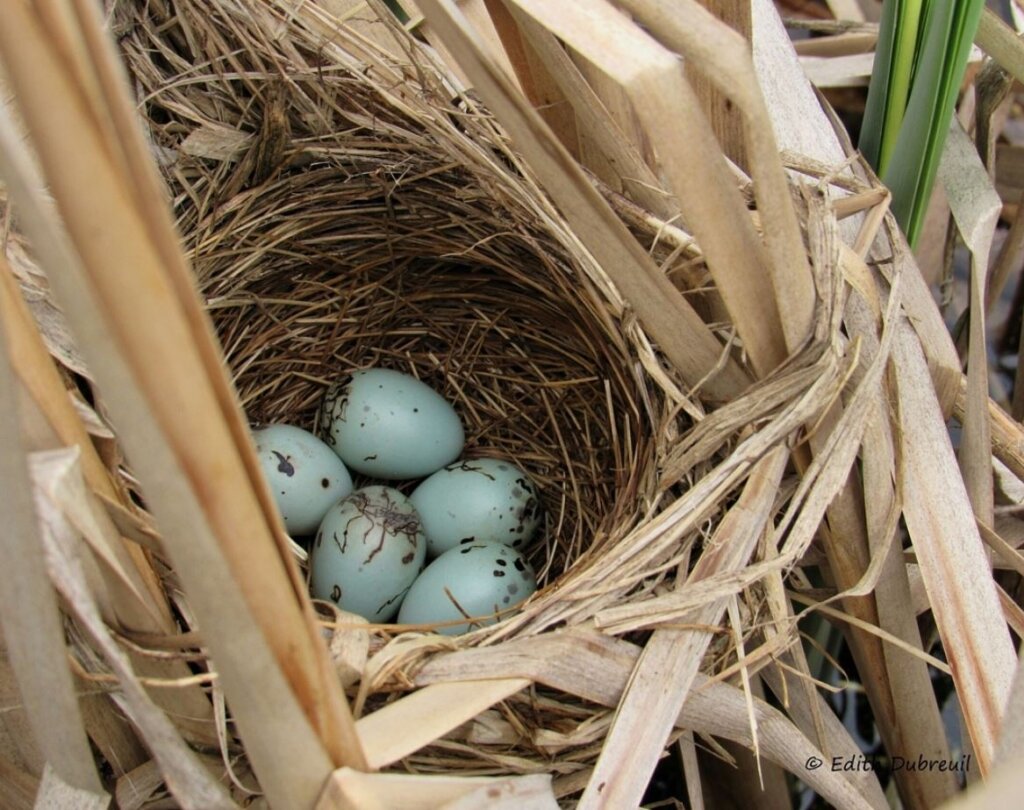
After a period of 11 to 14 days, the young red-winged blackbirds are capable of departing from the nest, which is quite rapid when compared to the development of numerous other animal offspring.
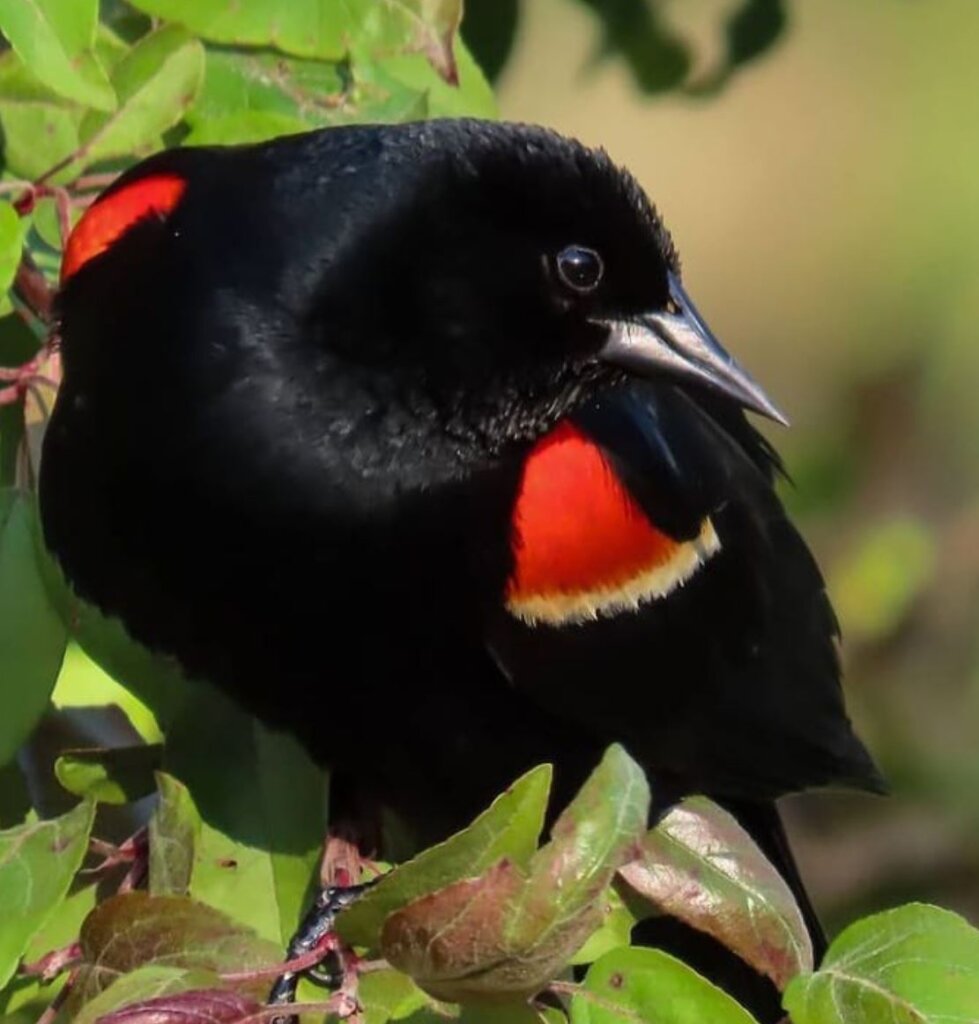
The male red-winged blackbirds exhibit significant aggression in defending their territory, and they may even confront larger avian species. These robust creatures confront the loss of their natural habitats quite valiantly, but they are still classified as Threatened on the IUCN Red List due to a staggering 99% decrease in their population since the 1960s.
